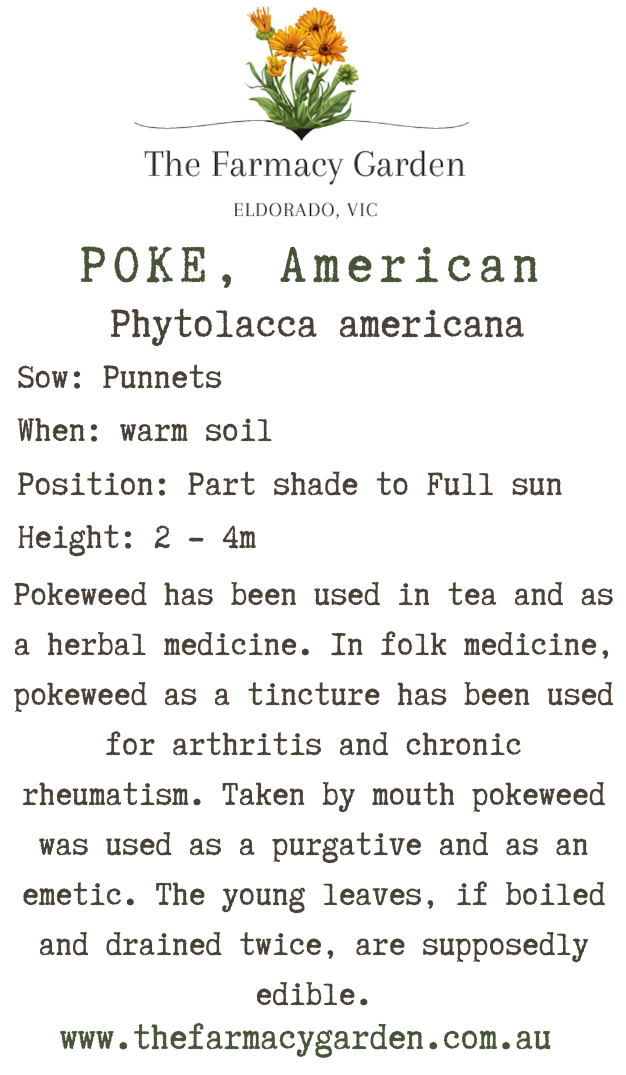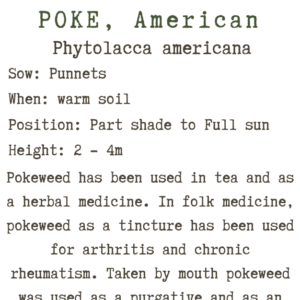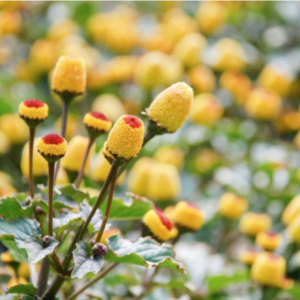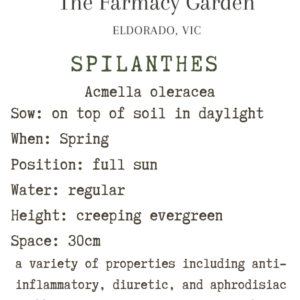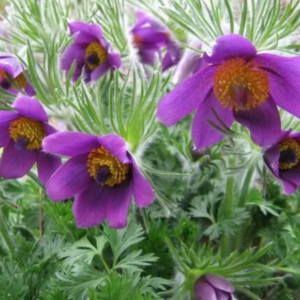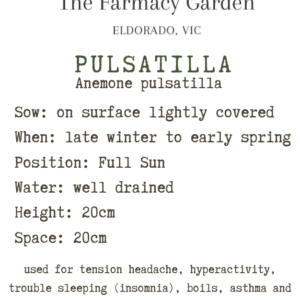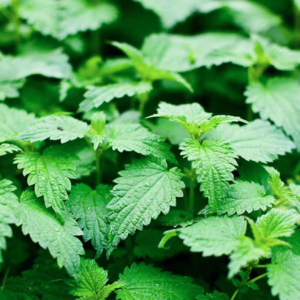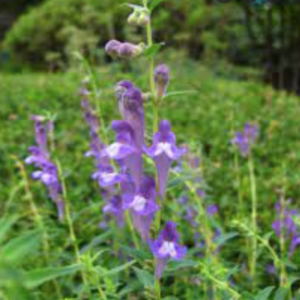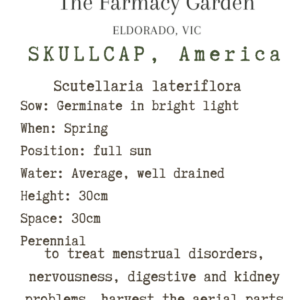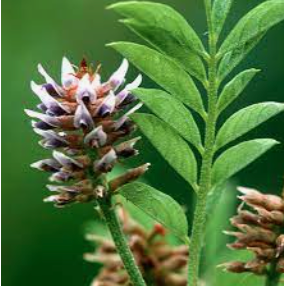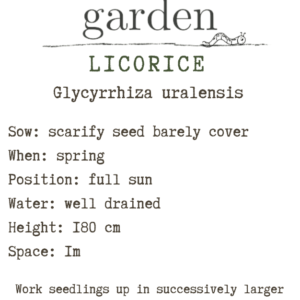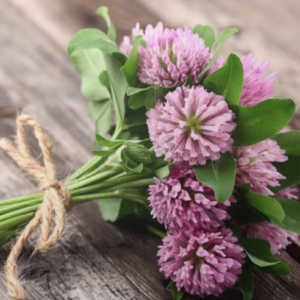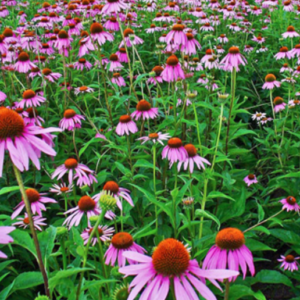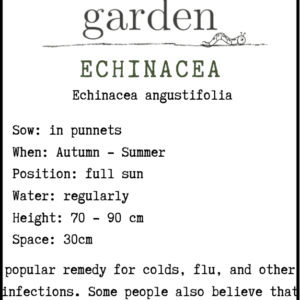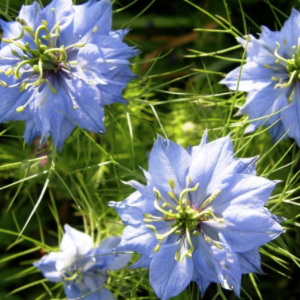Poke (American) Seed, Phytolacca americana
$8.50
Pokeberry (Phytolacca americana) is a hardy, native perennial herb that can be found commonly growing in the southern regions of the United States. To some, it’s an invasive weed meant to be destroyed, but others recognise it for its amazing uses, pretty magenta stems, and/or its purple berries that are a hot commodity for many birds and animals.
GROW: Let the seed sit in the water for a few days. Skim off any seeds that float to the top; they aren’t viable. Drain the remaining seeds and allow them to dry on some paper towels. Wrap the dry seeds in a paper towel and place them in a Ziploc-type baggie. Store them at around 40 degrees F. (4 C.) for three months. This chilling period is a necessary step for seed germination.
Spread the seed on compost-rich soil in early spring in an area that gets four to eight hours of direct sun each day.
HARVEST: Pokeweed is a nutritional powerhouse, but be careful, it can also be toxic to humans if it’s not prepared correctly. This voluptuous weed is extremely high in vitamin A, and also has significant amounts of vitamin C, iron and calcium. Additionally, pokeweed contains a unique antiviral protein that may inhibit the growth of some herpes simplex viruses and even HIV!
Pokeweed is one of the first plants to sprout in the springtime. Because of that, its traditionally eaten to get people through the early spring, along with other “weeds” like chickweed and nettles. It also has lymphatic cleansing properties and helps the body with “spring cleaning. The best time to harvest pokeweed for food is before the plant reaches knee height (well before it flowers). When you weed your garden, pokeweed is one you might skip over, so you can enjoy its benefits.
USE: Native Americans used this perennial herb as a salve and a cure for rheumatism, but there are many other uses for pokeberries. Many animals and birds gorge themselves on the berries, which are toxic to people. In fact, the berries, roots, leaves, and stems are all toxic to humans. This doesn’t prevent some people from ingesting the tender spring leaves, though. They pick the young leaves and then boil them at least two times to remove any toxins. The greens are then made into a traditional spring dish called “poke sallet.”
Pokeberries were also used for dying things. Native Americans dyed their war ponies with it and during the Civil War, the juice was used as ink.
Pokeberries were used to cure all manner of ills from boils to acne. Today, new research points to pokeberry use in cancer treatment. It is also being tested to see if it can protect cells from HIV and AIDS.
Lastly, researchers at Wake Forest University have discovered a new use for the dye derived from pokeberries. The dye doubles the efficiency of fibers used in solar cells. In other words, it boosts the productivity of solar energy.
Related products
Medicinal Herb Seeds
Medicinal Herb Seeds
Flower Seeds
Flower Seeds


